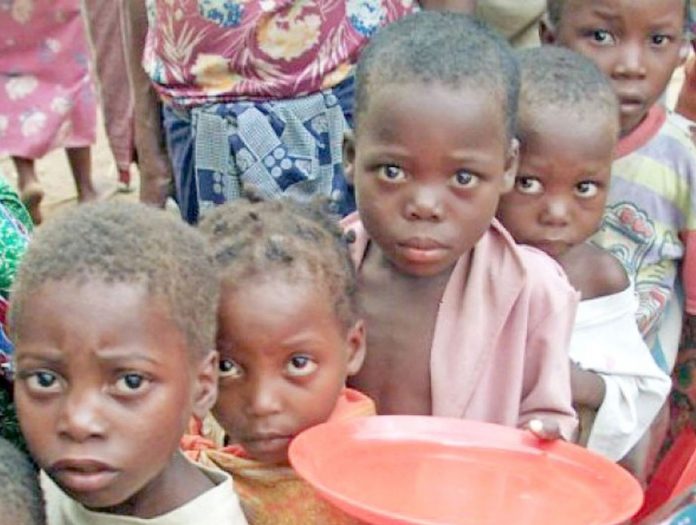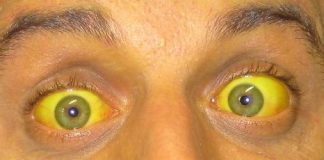The Day of the African Child was marked last week. For millions of children in the continent, it was mere ritual. Concerned medical experts in Africa have lamented over the continent’s poor record in saving more children and babies. Some of them regret that too many African children still die before their fifth birthdays from diseases that are preventable and treatable.
In their views, political independence and improvements in infrastructure have not made much difference. In 1960, about one in four children in Black Africa died before their fifth birthdays. Today, the data points to one in ten. But, over the same period, the death rate in the Western countries has gone from one in 50 toddlers to one in more than three hundred.
The experts worry that youth, which ought to be Africa’s great gift to an ageing world is left to wallow away. Too many of them grow up with lifelong limitations brought about by childhood diseases and malnutrition that could have been prevented or treated.
The more telling aspect is that when African children survive birth risks, they get really threatened by the big child killers: malaria, diarrhea, or pneumonia. Child-friendly treatments abound for malaria and pneumonia, while corporate groups and the march of science have rolled out new medicines for the three diseases which still ravage African children. Why must this be so?
The answer is simple – Many children never get access to medical care. A recent study, which pooled data from 33 African countries, estimated that only about twenty percent of children with a malaria-induced fever receive the right treatment. Those who get it are often given crushed-up bitter pills that they spit out, instead of child-friendly malaria formulations that researchers worked so hard to develop. The problems in treatment are indeed seen most starkly in the realm of respiratory illnesses. African children have been used to asthma but it has become more common as more and more children now live in urban areas where the mites that trigger asthma thrive and pollution makes it worse. Unfortunately, the same pattern of asthma is often treated with ineffective prescriptions for antibiotics or cough medicines.

















